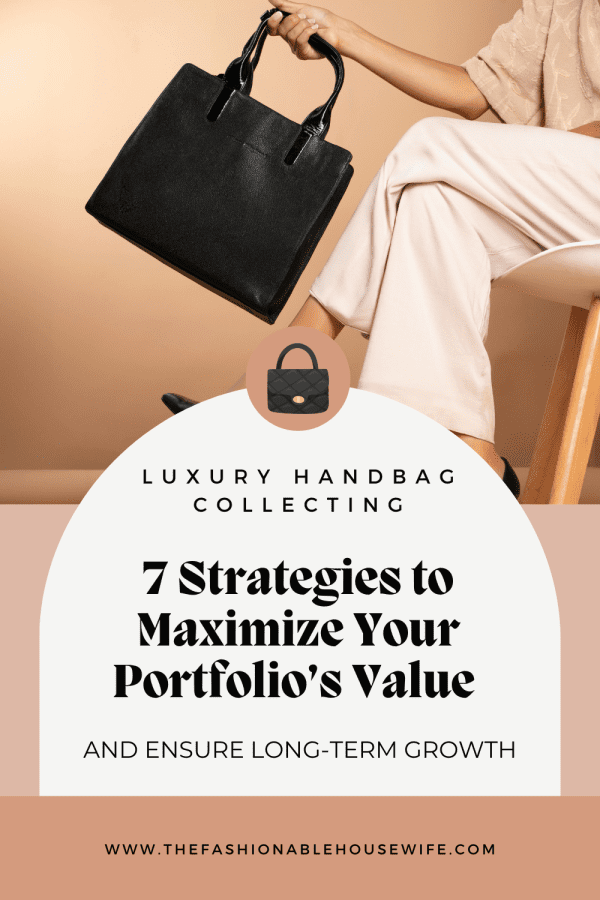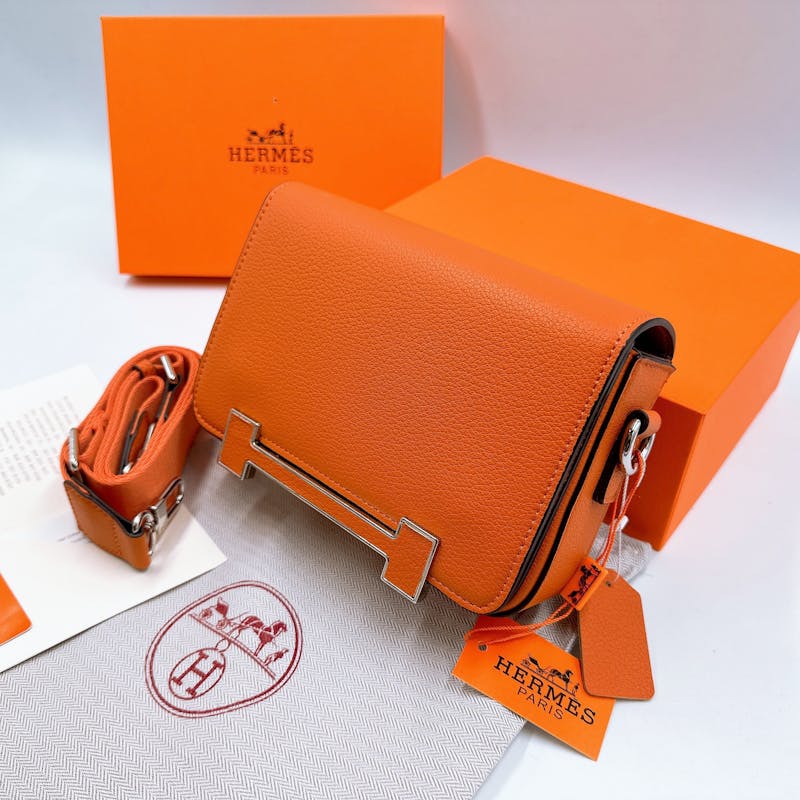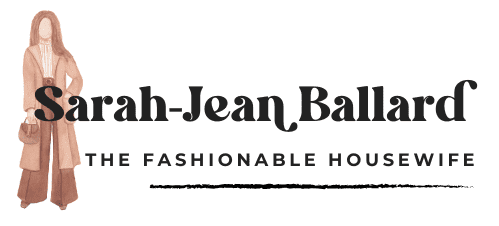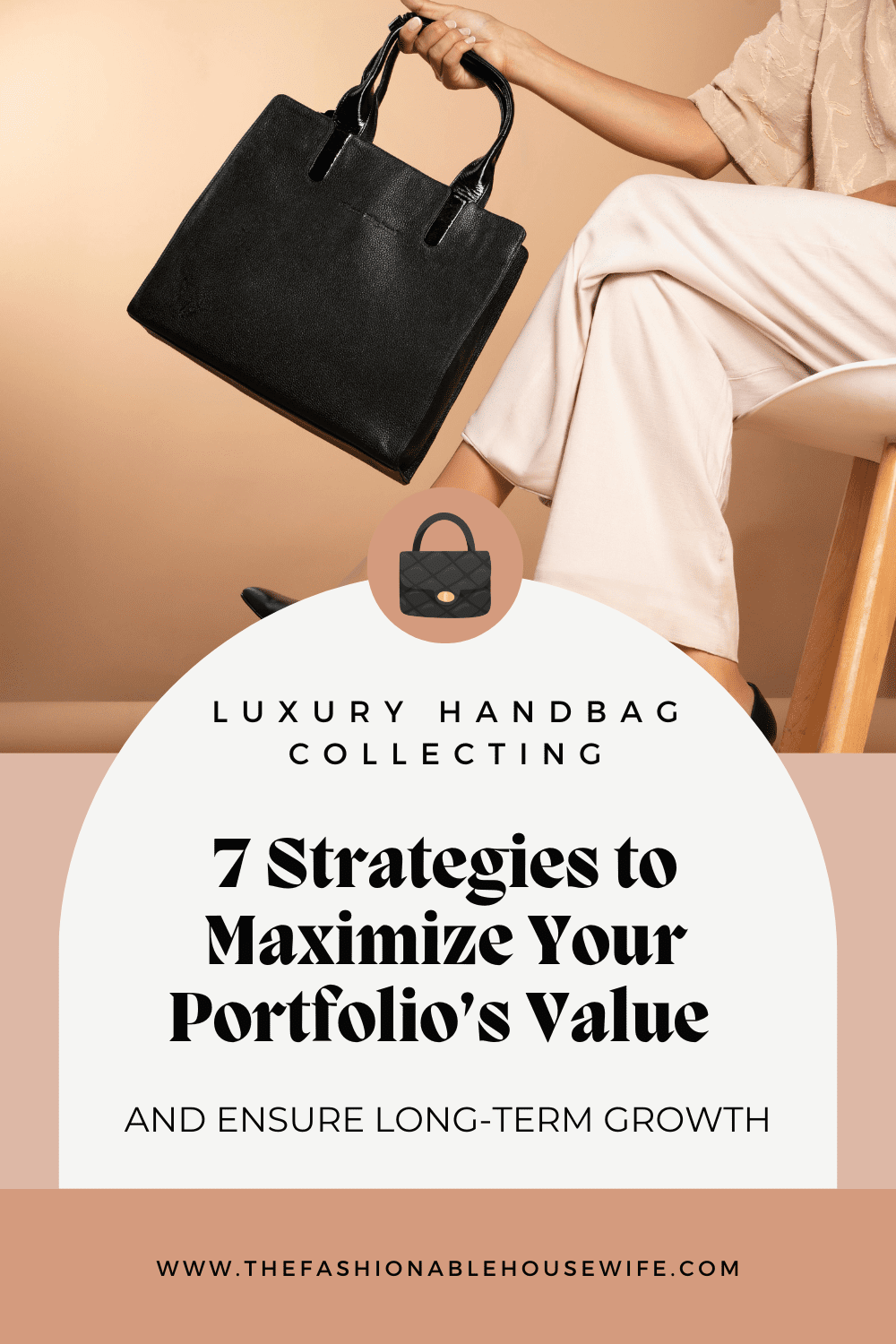Luxury Handbag Collecting: 7 Strategies to Maximize Your Portfolio’s Value and Ensure Long-Term Growth

Building a valuable luxury handbag collection is both an art and an investment. When we approach handbag collecting with strategic thinking and informed decisions, we give our portfolio a better shot at real growth.
Each bag should reflect our style, sure, but it’s also nice when it grows in worth over time. Now, we’ll look into seven strategies to help us boost our luxury handbag collection to its full investment potential.
With the right approach, we can choose pieces that hold their value and become real assets in our collection.
1) Focus on Timeless Styles
When we’re picking handbags for our collection, classic designs always seem to hold their appeal. Timeless styles like the Hermès Birkin, Chanel Classic Flap, and Louis Vuitton Speedy have a long track record of demand.
We stick with iconic models because they rarely go out of fashion. Their markets usually stay steady, even when trends shift.
These handbags have shown reliable performance in both resale value and liquidity. Targeting well-known luxury names and proven silhouettes adds some security to our portfolio.
We skip novelty options or fast-fashion collaborations, since those tend to lose value fast. Authentic, established styles draw in a wide mix of collectors and investors.
We check past sales and watch market trends to see which handbags have held value over several years. That way, we make informed choices and give our portfolio its best shot.
2) Leverage Regional Buying Opportunities
Looking beyond our own borders can give our luxury handbag collection an edge. Prices and availability of luxury handbags vary a lot by region.
For example, it might be easier or a bit cheaper to buy Hermès bags in Canada, thanks to exchange rates and store policies. We research which countries offer the best deals and buy handbags where they’re less expensive or more accessible.
This helps us invest in sought-after pieces without overpaying. Import taxes and shipping fees matter too, but sometimes bringing a bag home ourselves is cheaper than buying local.
Regional promotions, exclusive releases, and boutique events can create unique chances. We keep an eye on these and try to act fast when a good window opens up.

3) Maintain Pristine Condition
We need to treat each handbag with care if we want to protect its value. Even a tiny scratch or mark can drop the price someone else is willing to pay.
Storing bags in dust bags and stuffing them with tissue helps them keep their shape. We keep them out of sunlight and away from humidity: those two can mess up leather and hardware.
Regular cleaning with gentle products makes a difference. We avoid harsh chemicals and stick to the maker’s guidelines to play it safe.
If a bag gets a stain or scuff, it’s usually smarter to call a professional cleaner instead of trying to fix it ourselves. We rotate our bags instead of using one every day, which cuts down on wear and tear.
When we keep our luxury handbag collection in top shape, they’re more likely to hold or even increase in value. The better the condition, the more buyers and collectors will want them.
4) Invest in Limited-Edition and Rare Pieces
Limited-edition and rare pieces can boost the value of our luxury handbag collection. These bags usually have smaller production runs, so fewer are out there in the wild.
Demand for unique bags stays strong, especially among collectors who want something nobody else has. Special collaborations between brands and artists can offer even more upside.
Collaborations often catch the eye of both handbag fans and art lovers, making these pieces especially desirable. When we grab bags from these partnerships, the market often values them highly.
Authenticity matters a lot with limited editions. We keep all the paperwork—original receipts, certificates, branded packaging—to make sure our investment is safe and trusted by buyers.
Sometimes brands drop bags in one-off colors or materials. We should practice staying on top of these rare releases, so we can then make smart choices that set our collection apart.
5) Stay Informed on Market Trends
We have to watch the market closely if we want to make smart moves. Auction results help us see which brands and styles are selling well right now.
These data give us clues about which pieces might increase in value. Trend reports and industry news are important, too: these are sources that flag shifts in consumer preferences or spotlight new designers on the rise.
Even a small change in demand can impact resale value. We also keep an eye on seasonal trends, since some bags sell better at certain times of year, like holidays or fashion weeks.
Let’s use this knowledge to plan when to buy or sell for the best returns. Market conditions change fast, so we research often to spot opportunities before others do.
6) Diversify Across Luxury Brands
Our luxury handbag collection becomes stronger when it’s made up of bags from different top brands. Focusing on just one brand can leave us vulnerable if trends shift or demand drops.
Mixing in labels like Hermès, Chanel, and Louis Vuitton gives us a bit more protection. If one brand’s resale market dips, another might hold steady or even rise.
Diversification lets us capture different styles, rare editions, and exclusive collaborations. Some brands rise faster in value during certain years or seasons.
Bags collected from a variety of luxury houses attract more buyers if we decide to sell. Collectors have their preferences, so a varied portfolio feels more appealing.
Expanding across brands helps us manage risk and stay flexible with market changes. We can react to shifts in popularity and sales with less stress.
7) Establish Relationships with Reputable Dealers
Direct collaboration with trusted boutique owners and proven resale platforms adds value to our luxury handbag collection. Relationships with these pros get us early access to rare or high-demand handbags before they hit the general market.
Boutique owners often tip off their regular clients about upcoming releases or limited-edition pieces. The connection we have established will grant us opportunities others might miss.
Authenticated resale platforms are key when we’re looking for investment-grade handbags. Buying from reputable sources cuts the risk of counterfeits and helps us secure better resale values.
Strong dealer relationships also mean better support if issues pop up. This trust lets us invest with more confidence, knowing our handbags are authentic and accurately valued.

Frequently Asked Questions
We hunt for handbags that hold or grow in value by focusing on celebrated brands, rare editions, and careful upkeep. We also keep a close eye on market trends and use digital tools to manage our portfolios when we can.
What are the top luxury handbag brands that offer the best investment potential?
The most sought-after brands by collectors are Hermès, Chanel, and Louis Vuitton. These brands consistently put out styles that appreciate or at least maintain their value over time.
Limited editions and classic models like the Hermès Birkin or Chanel Classic Flap stand out as especially strong investments.
How can I accurately appraise the value of my luxury handbags?
Professional appraisers, luxury resellers, and auction houses offer authentication and price estimates. We also check trusted online marketplaces like The RealReal and Vestiaire Collective to see recent sale prices for similar handbags.
Condition, rarity, and current demand all play a big role in appraisal values.
What strategies can I adopt to ensure my handbags retain their maximum resale value?
We keep handbags in pristine condition by storing them in dust bags, filling them to keep their shape, and keeping them away from direct sunlight or humidity. Holding onto all original packaging, receipts, and authentication cards helps too.
We avoid using handbag cleaners or treatments that aren’t approved by the brand.
Which designer handbags have historically shown an increase in value over time?
Hermès Birkin and Kelly bags, Chanel Classic Flap, and Louis Vuitton Capucines have a solid history of price appreciation. We also look at auction results to spot limited editions or colorways that outperform regular releases.
Demand for rare pieces from these brands usually holds steady.
What are the most suitable storage practices for maintaining the condition of luxury handbags?
We store handbags in their original dust bags and stand them upright with soft fillers to keep their shape. Placing handbags in a cool, dry area out of direct sunlight helps prevent discoloration and damage.
Avoid hanging bags, since that can distort their structure over time.
Are there any apps or tools that can help track the value of my luxury handbag collection?
We use tools like Collector or Luxury Closet’s tracking features to catalog handbags. These apps let you input receipts and note purchase prices.
You can also compare market trends for similar pieces. It’s honestly pretty handy for keeping an eye on your luxury handbag collection’s value and planning future sales or purchases.

